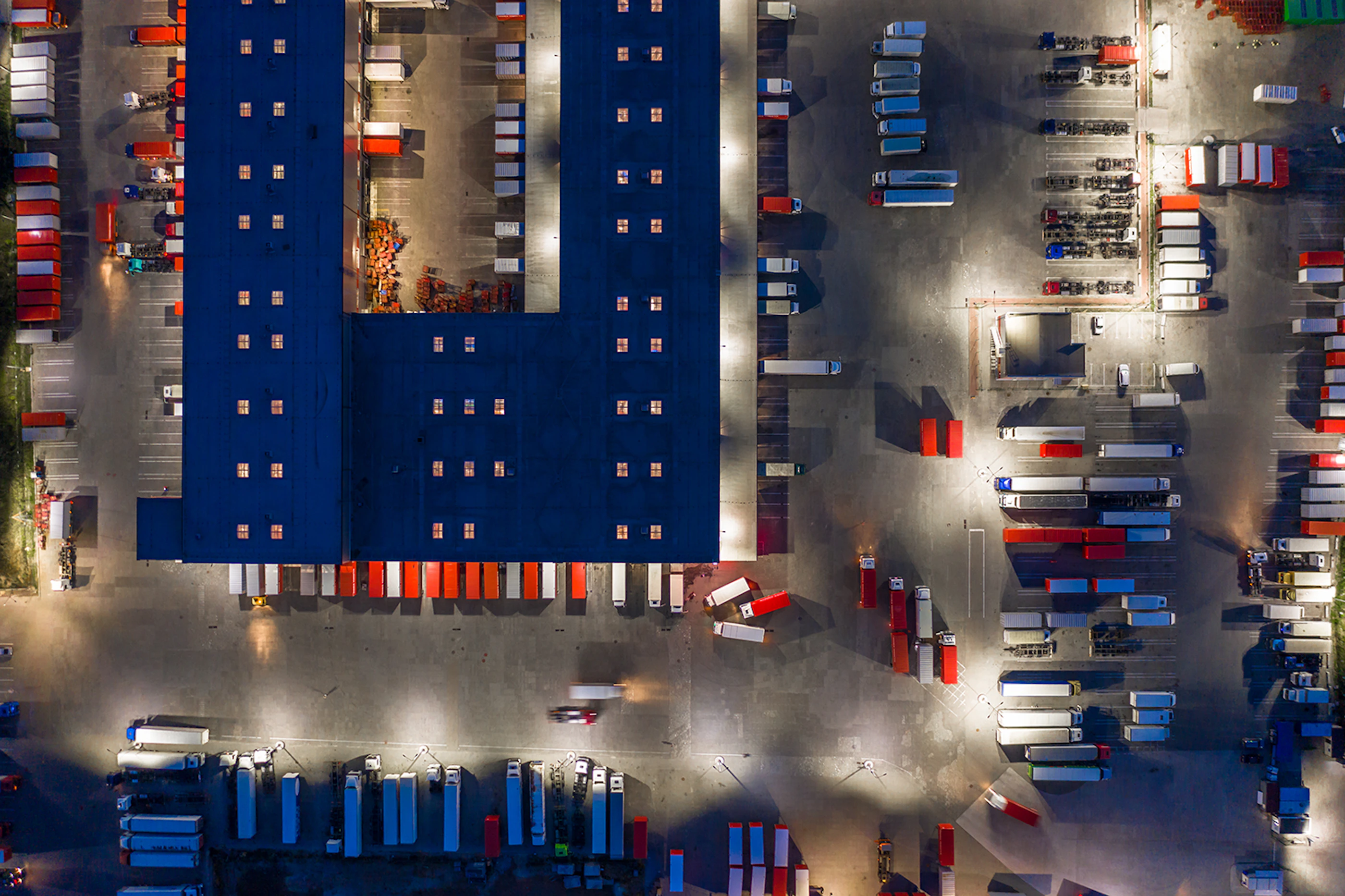
Protecting narrow areas in warehouse and logistics sites using LiDAR technology
Logistics facilities, warehouses and distribution centres represent a critical part of the supply chain and of any company’s business operation and assets. Any disruption can have huge consequences, both functional and financial. Indeed in September 2022, the Transported Asset Protection Association (TAPA), released their 18-month Cargo Crime Report, which highlighted thefts or attempted thefts of products from supply chains valued at more than €171 million during the period across the Europe, Middle East and Africa (EMEA) region[1].
When it comes to keeping loading bay and warehouse operations running smoothly and maintaining production levels, and avoiding unnecessary and costly downtime, security can play a critical role. An effective security system is paramount to protect against threats from unauthorized entry and theft of goods and assets, but also criminal activity targeted to loaded vehicles or vandalism to the site. But for the system to be effective, it is crucial to consider and assess all areas, all possible intrusion points, as well as all possible threats. It also needs to suit the needs and requirements of your site and environment, there is not a one-size-fits-all solution that will work for everyone.

The TAPA’s annual cargo theft report for 2022, co-authored with the BSI and TT club highlighted a growing increase of cargo of basic goods such as food and beverages. The report also highlights that although criminals continue to target the trucks themselves, an increasing number are targeting theft of fuel, with diesel remaining a top target[2]. Trucks and other vehicles parked close to the perimeter line at industrial and logistics sites represent one of the main challenges for intruder detection technologies. Security systems that rely on analytics cameras face the issue of slow reaction time and visual occlusions. 2D LiDAR sensors are the optimal alternative to effectively and consistently solve this problem and have been successfully deployed across a variety of logistics sites to provide the solution.
Protecting narrow corridors
A number of technologies struggle to properly protect narrow corridors for several reasons. The first challenge in these areas is the short distance, sometimes just a couple of meters, and with occlusions that could block the field of view.
If a target is moving fast and entering/exiting the detection area in just a matter of seconds, many sensors and camera analytics would simply not have enough time to classify objects, and therefore no alarm would be triggered.
To solve this issue, and in order to prevent missing genuine threats, one common approach is to set very high sensitivity in the detection devices. The problem this then generates is the triggering of nuisance alarms by any moving objects; in a rural site for instance, rabbits, foxes and other small wildlife crossing the detection area could generate a very high level of false alarms.
A further challenge to be faced in narrow areas are occlusions or blockages, usually vegetation or building structures, that provide a hiding place for the intruder and reduce the detection field of view. To address this and avoid all blind spots can require the installation of multiple devices and technologies, which can be hugely costly.
Solving the challenge with LiDAR
Our 2D REDSCAN LiDAR technology can be mounted vertically, angled or horizontally, providing extremely accurate and ultra-fast detection in just 100 milliseconds, significantly faster than other similar technologies, such as radar and video analytics.
The intelligence of REDSCAN sensors is such that it allows to not only detect intruders, but also classify the targets that meet the specific criteria. This means that the sensors can alert the system of genuine intrusions almost in real-time, enabling a very fast security response, whether it is deterrent events such as security lighting or audio alerts, or dispatching security guards.
Where there are occlusions, a further advantage of REDSCAN is that it helps remove the need to use additional sensors to cover blind spots. When installed vertically, LiDAR sensors can detect objects right below and on both sides. The entire REDSCAN range is integrated with all major VMS platforms allowing operators to get a full understanding of the situation.

